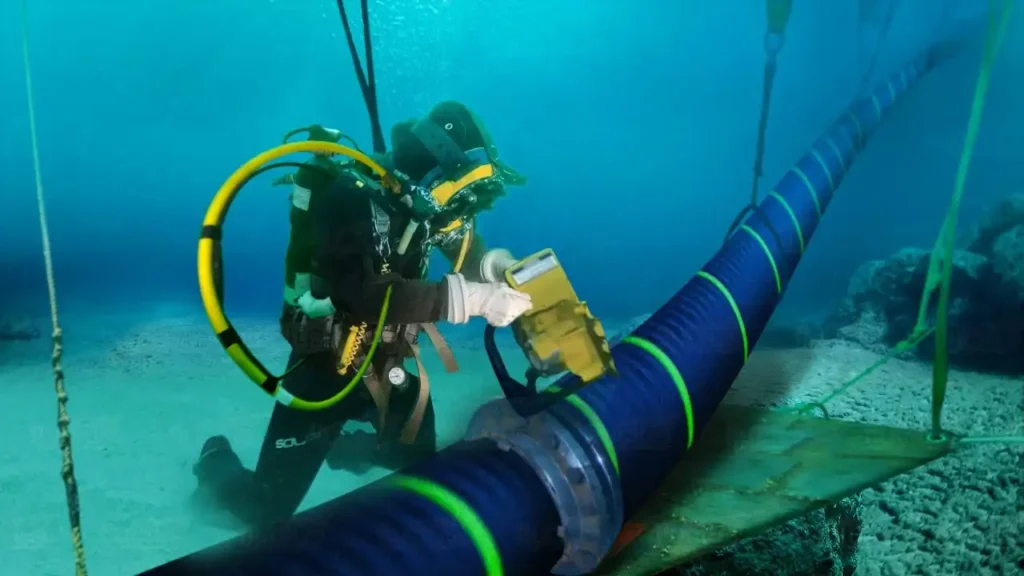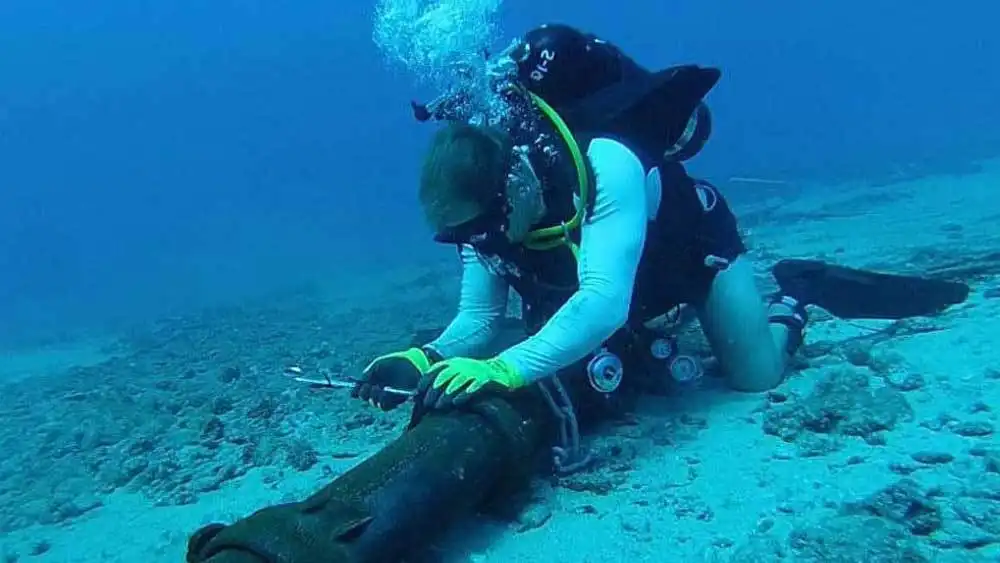Messi Biology states that magnesium oxide (MgO) plays a crucial role in the corrosion protection of submarine optical cables due to its high chemical stability, corrosion resistance, and synergistic metal protection properties. Especially in complex environments with high salinity, high pressure, and high humidity, magnesium oxide serves as a reliable and durable functional filling material, providing strong support for the long-term stable operation of optical cables.

- Corrosion Challenges in the Deep-Sea EnvironmentThe environment in which submarine optical cables are located is extremely complex and harsh, mainly facing the following corrosive factors:
- High Salinity: Seawater contains a large number of ions such as sodium chloride, sulfate, and carbonate, which can easily cause electrochemical corrosion to metal structures.
- High Pressure and Low Temperature: High pressure in the deep sea accelerates the corrosion process, while low-temperature environments can cause certain materials to become brittle or stress concentrated at micro-cracks.
- Marine Organism Adhesion: The metabolites of some organisms produce acidic substances, which further exacerbate local corrosion.
- Corrosion Resistance Characteristics of Magnesium OxideMagnesium oxide is a highly stable inorganic oxide material with the following characteristics in terms of corrosion protection:
- Chemical Inertness: Almost insoluble in neutral and weakly alkaline environments, and does not react with ions in seawater.
- Chloride Corrosion Resistance: Its dense structure can effectively block the penetration of Cl⁻ and other ions, slowing down the erosion of the metal sheath.
- Formation of a Protective Barrier: After filling with magnesium oxide, a high-density, inorganic dense layer is formed between the cable core and the metal layer, preventing the penetration of water vapor and ions.
- Buffering pH Changes: Magnesium oxide has a certain degree of alkalinity, which can buffer local acidic corrosive environments.
- Synergistic Protection Mechanism of Magnesium Oxide and Metal StructuresSubmarine optical cables usually use metals such as copper, aluminum, or stainless steel as conductors or sheaths. Magnesium oxide and these metals synergistically form a corrosion-resistant barrier:
- When MgO powder is in contact with a stainless steel sheath, galvanic corrosion is less likely to occur, which is beneficial to metal stability.
- For copper core optical cables, magnesium oxide can prevent moisture from entering and causing copper green formation, maintaining electrical conductivity.
- High-density filling of magnesium oxide can also prevent fretting corrosion caused by structural vibration and improve mechanical integrity.
- Practical Application Performance of Magnesium Oxide in Corrosion ProtectionIn actual submarine optical cable projects, optical cables filled with high-purity magnesium oxide powder still exhibit extremely low metal corrosion rates in sea areas deployed for more than 10 years.The magnesium oxide-filled structure can significantly reduce the repair rate and optical fiber signal attenuation rate, improving operational reliability.Its protective effect has been widely verified in scenarios such as deep-sea communication, submarine monitoring, and oil and gas platforms.

